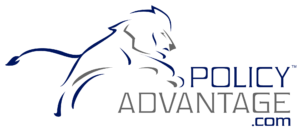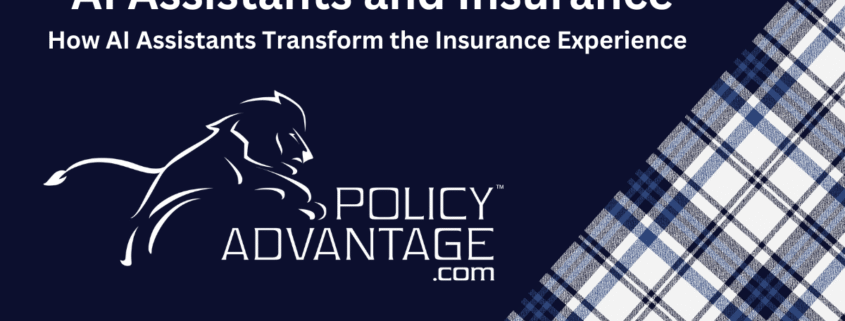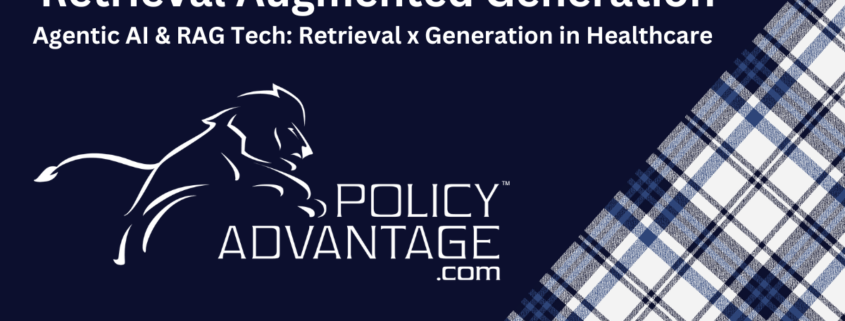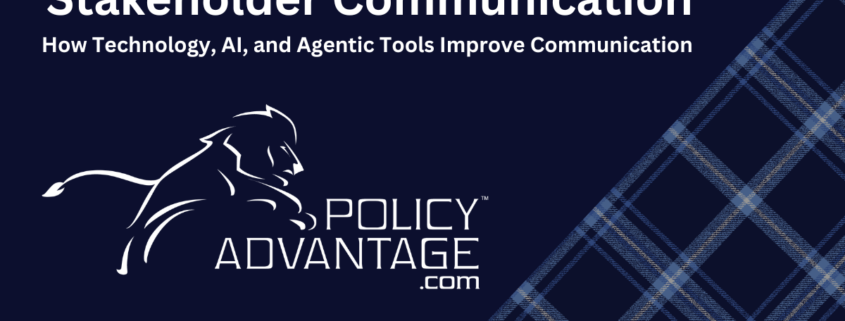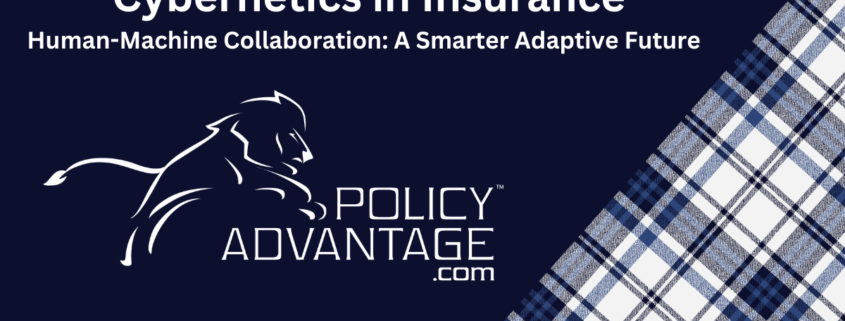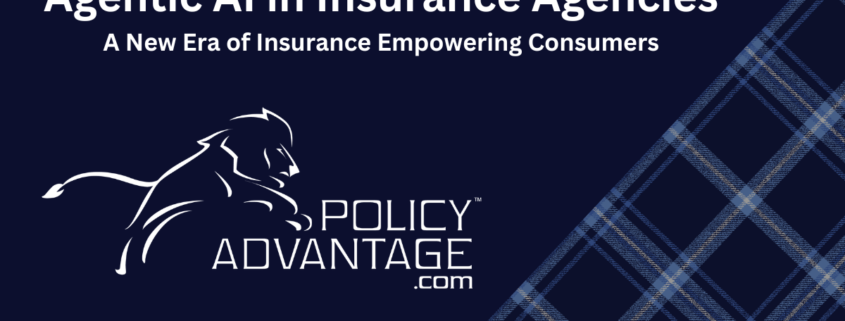The Rise of 6G: Next Generation Connectivity in the Insurance Industry
At PolicyAdvantage.com, we’re always looking ahead — because when we understand what’s next, we can serve you better today. One of the most transformative technologies coming into view is 6G. Yes, 6G — the next leap in wireless communication.
This isn’t just about faster phones. It’s about unlocking new levels of connectivity that will deeply impact how people experience insurance. Whether you’re a client, partner, digital nomad, remote company, or health-tech provider — 6G is set to enhance how we deliver protection, value, and peace of mind.
Let’s explore what this means for you.
📶 A Quick Look Back: The Evolution of the “G’s”
Before we dive into the future, it’s worth understanding where we’ve come from:
- 1G (1980s): Analog voice calls — basic mobile communication.
- 2G (1990s): Digital voice + SMS text messaging.
- 3G (2000s): Internet on mobile — emails, basic browsing.
- 4G (2010s): High-speed internet — streaming, social media, mobile apps.
- 5G (2020s): Ultra-fast speed + low latency — connected devices, telemedicine, smart cities.
Each generation reshaped industries. Insurance has already benefited from 5G-enabled telehealth, IoT devices for risk management, and real-time claims processing. But 6G? That’s a whole new dimension.
🚀 What Is 6G and How Does It Work?
6G is the sixth generation of wireless technology, projected to roll out commercially in the 2030s. It will be built on technologies like:
- Terahertz frequencies (100x faster than 5G)
- AI-native networks
- Quantum communication
- Edge computing at hyperspeed
- Ambient connectivity (networks that “sense” environments)
Where 5G connected devices, 6G will connect environments, behaviors, and real-world actions in real time. Think: holographic calls, decentralized decision-making, and networked reality.
🛡️ Why 6G Matters to PolicyAdvantage.com Clients
We believe technology should serve people — not the other way around. Here’s how 6G will bring transformative value to you:
1. Faster, Smarter Claims Processing
Imagine submitting a claim via a smart wearable that documents the event in real-time and instantly transmits it over a 6G network. AI systems verify it, assess the damage, and trigger payout — all in minutes.
2. More Accurate Risk Profiling and Prevention
6G enables real-time data from environments — homes, vehicles, health monitors — leading to personalized risk reduction strategies, lower premiums, and more relevant policy design.
3. Immersive Virtual Insurance Experiences
With 6G’s support for haptic feedback and augmented reality, clients could meet with advisors in virtual environments, walk through policy simulations, or attend immersive webinars — all from anywhere on the planet.
4. Better Health Coverage Access for Remote Workforces
Globally mobile professionals and digital nomads — PolicyAdvantage.com’s specialty — will benefit from hyperconnected telehealth, real-time diagnostics, and instant cross-border access to insurers, all powered by 6G.
5. Inclusive, Data-Driven Protection Models
6G brings unprecedented levels of connectivity to underserved and remote regions. That means more equitable access to insurance for emerging economies, rural clients, and traditionally underinsured populations.
🔄 Stakeholder Advantage: The Broader Ecosystem Benefits
6G won’t just help our direct clients. It also empowers partners and stakeholders across the insurance value chain:
- Healthcare providers: Share patient data securely in real time for better policy integration.
- Employers: Offer custom insurance packages linked to employee health and safety metrics.
- Tech developers: Collaborate on embedded insurance experiences within smart products.
- Regulators & policymakers: Gain transparency from blockchain-like secure data layers built into 6G infrastructure.
🧠 How PolicyAdvantage.com Is Preparing for the 6G Future
While 6G is still in early development, we’re not waiting to adapt. At PolicyAdvantage.com, we’re:
- Monitoring telecom and AI infrastructure developments closely.
- Building partnerships with future-ready health and life insurers.
- Advocating for client-centric innovation across mobile and remote service delivery.
We’re not just selling policies — we’re creating an ecosystem of smart, inclusive, and responsive protection designed around your life, work, and values.
📲 Final Thoughts: Connectivity = Client Empowerment
6G is more than a tech upgrade. It’s a shift in how we live, protect, and empower one another in a connected world.
At PolicyAdvantage.com, our commitment is to people-first innovation. As the next generation of connectivity emerges, we’ll be here — bringing those advances directly to your experience, always with trust, clarity, and care.
